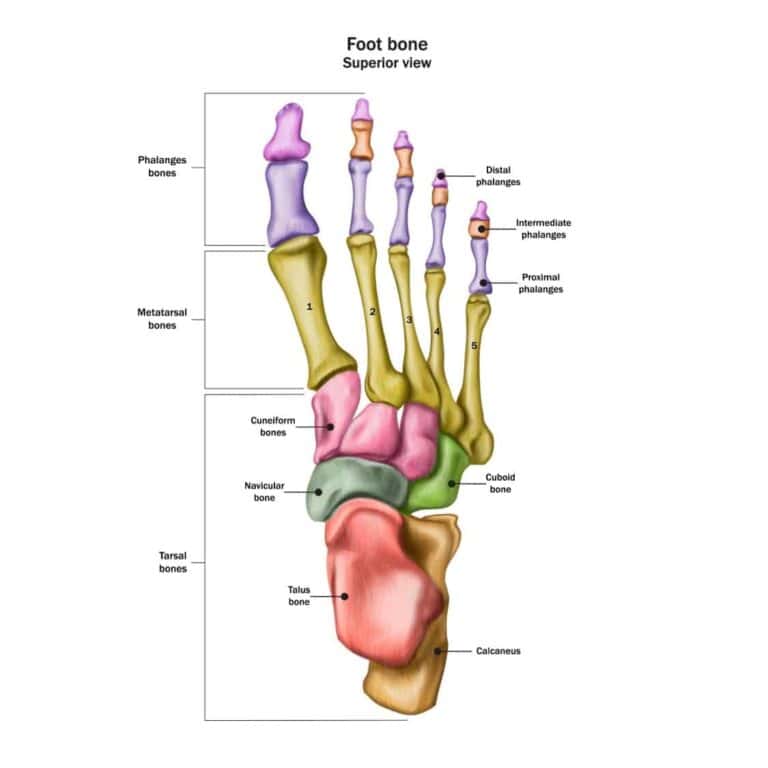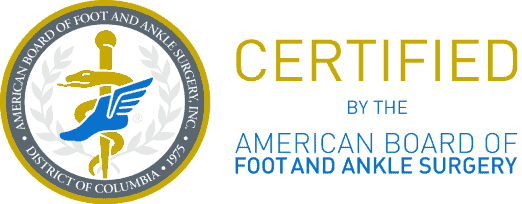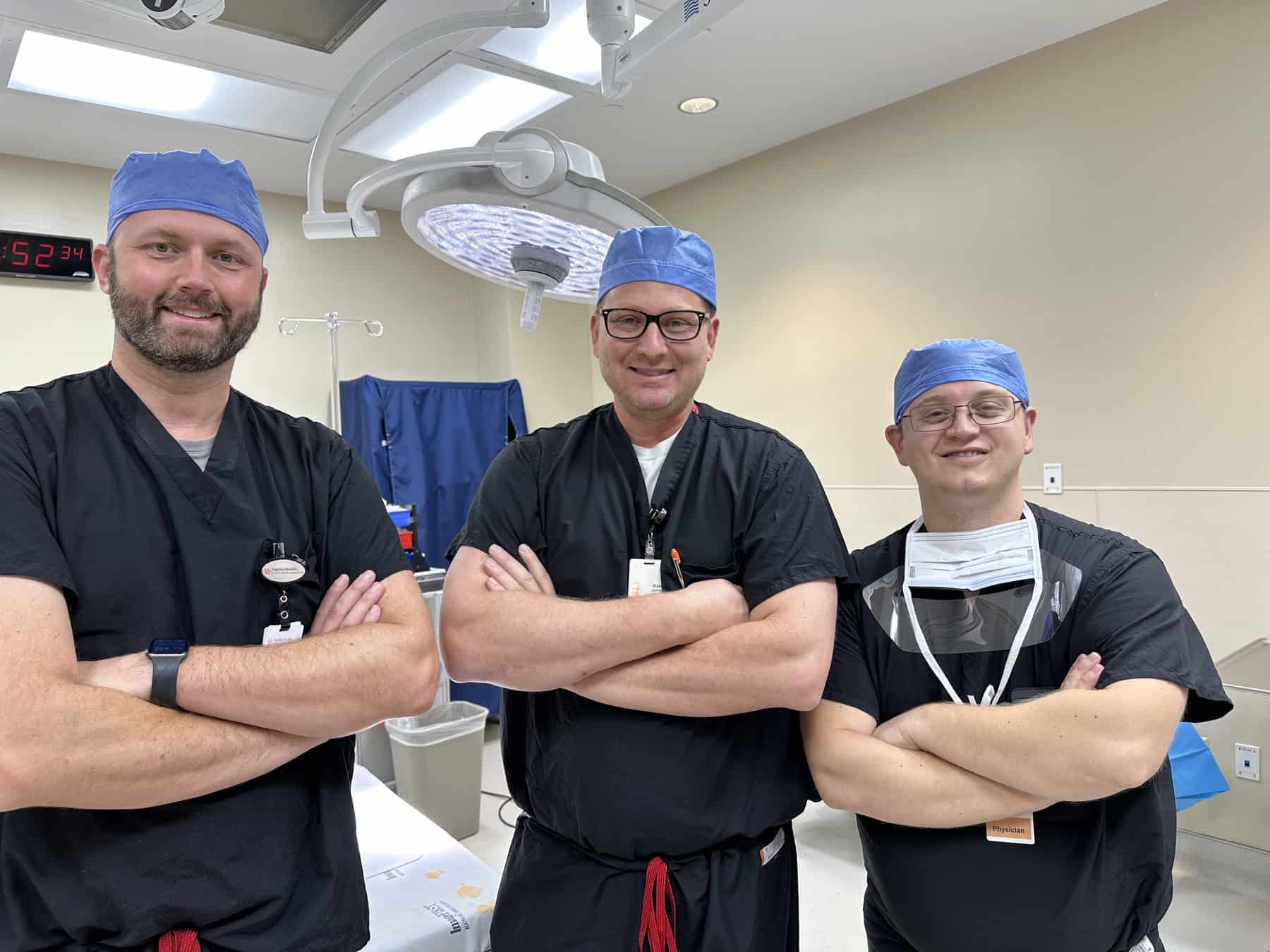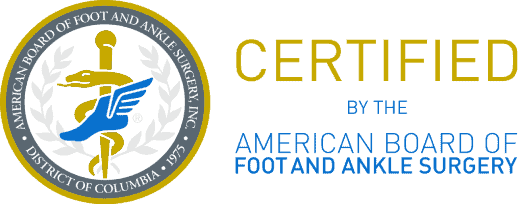Foot Fracture Surgery
While most foot fractures can be treated through non-invasive methods, some cases require surgery
How Do You Know if Your Child Needs Foot Fracture Surgery?
Dr. Jarman will complete an examination of your child’s foot to determine whether surgery is necessary for treatment. This exam includes checking for any swelling, bruising, or pain, as well as taking a history to determine the cause of the fracture. The doctor will also order an X-ray or an MRI. Typically, surgery is only required for specific types of fractures.
What is Foot Fracture Surgery?
Though most foot fractures do not need surgical treatment, there are some fractures that can only be treated through surgical methods. For the most part, your child does not need surgery for a broken toe to heal properly. But if they break one or more of their metatarsals (the long bones between the toes and the middle of the foot), surgery may be needed.
Fracturing the fifth metatarsal, which is the long bone that connects to the little toe along the outside of the foot, more often leads to surgical treatment, as fractures typically occur at the base of the bone. In an avulsion fracture, commonly referred to as a ballerina fracture, the tendon that attaches to the base of the fifth metatarsal may pull a piece of the bone away. Surgery is required to keep the bones properly aligned. In a Jones fracture, the break goes through the shaft of the bone and into the base, which also requires surgery to keep everything properly aligned.
If your child has fractured multiple metatarsals, or one in several places, it can lead to deformity and/or instability of the foot. Generally, all foot fracture surgeries involve inserting pins or plates into the foot to keep the bones in proper position as they heal. Foot fracture surgery also consists of a process known as reduction, which is realigning the bones so that they are properly connected.
Preparing for Foot Fracture Surgery
Before surgery, the doctor will give you a list of instructions for your child to follow, which you can expect to contain the following:
- Stop taking any blood thinning medications
- No food on the day of the surgery
- No beverages on the day of the surgery
- Stop taking any blood thinning medications

Recovery
- How to properly care for the area
- Keeping the foot elevated and immobile (by use of a boot or cast)
- Use of crutches
- Medications to help with pain and/or swelling
- Applying ice or a cold pack
Dr. Jarman's ABFAS Certification
Dr. Mikkel Jarman, DPM, FACFAS, has received his Foot and Reconstructive Rearfoot/Ankle (RRA) Surgery board certification from the American Board of Foot and Ankle Surgery (ABFAS). This certification symbolizes the highest level of expertise that can be achieved in the foot and ankle profession, reflecting advanced proficiency and knowledge.


Your Child's Feet Are Designed For Life




